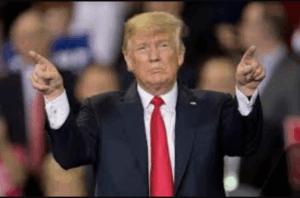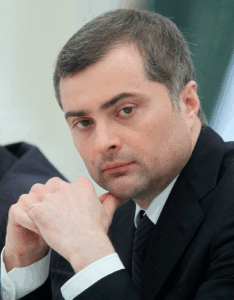
“These are just dishonest, terrible people. I’m telling you that, terrible people,” vocalized President Donald Trump at a MAGA rally in Evansville, Indiana, on August 30, 2018 (Right Side Broadcasting Network). These are not just words being thrown around. They are a part of Donald Trump’s continuing effort to delegitimize journalism. Specifically, this is a direct insult to journalism. The line between criticism and sabotage has become increasingly blurred, threatening the practice that is mainly responsible for providing the public with the truth within a democracy. Journalism serves a much bigger purpose than its headlines. It is a living archive of the important events that are happening in the world. It serves as a cultural record that we can reference throughout time. Blatantly, making an enemy out of the people creating these records and their work could be considered an art crime against democracy. Trump’s strategy to not only flood the media but also to discredit, confuse, and overwhelm the press is not original. It is almost a replica of the strategies used by the Russian political strategist, Vladislav Surkov. He is credited with flooding Russian society and the world with countless contradictions to create an unstable reality.
Delegitimization is defined as a form of rhetoric designed to undermine the perceived credibility of a person, group, or institution, making them appear illegitimate or untrustworthy. Strategically using delegitimization moves the conversation away from a logical debate and into a personal attack on an individual. It strengthens a sense of in-group moral superiority and creates an us-versus-them framing in society. When applying delegitimization to journalism, it molds reporters into dishonest, biased, and ill-natured puppets. Public trust is weakened because a system designed to spread democracy and the truth is being damaged. Although delegitimization has been a strategy used many times in history, President Trump has used it as a central political strategy that turns “fake news” into a movement that recasts journalists as enemies instead of observers.
Before Donald Trump used delegitimization in American politics, the origin of these tactics was borrowed from across international borders. Russian political strategist Vladislav Surkov became infamous for his political strategies in the late 1990s and through the 2000s. Surkov’s method of nonlinear warfare was to flood public media with contradictory stories. The ultimate goal in such a strategy was not persuasion, but rather exhaustion and confusion. Through this strategy, he was able to destabilize the truth and cause journalism to lose trust from the public. Trump’s communication style is similar to Surkov’s in the way that it focuses less on replacing facts with an alternative, but more on burying the truth behind insults, distractions, and contradictions.

President Trump strategically mirrored Surkov’s model of disorientation and delegitimization through consistently attacking journalism. At his rallies, he popularized the phrase “fake news” and constantly labeled reporters as the “enemy of the people” to formulate the idea that the press is a hostile actor. Besides his use of verbal attacks, Trump uses structural tactics to weaken the media’s power. He continuously threatens to revoke licenses from TV networks that oppose him, threatens to sue the media for defamation, and, in February, he took control of the White House media pool. Trump also has mastered using the “Flooding the zone” tactic. This involves releasing a lot of executive orders and controversial statements with the goal of creating confusion. His actions are directed towards burying the truth, similar to Surkov’s strategy of destabilizing reality.
Trump’s war on journalism can be viewed as an artistic performance and sabotage. His rallies became a stage where insults toward the press were performed for cheering crowds. Underneath this performance is an act of vandalism. He is deliberately demonizing journalism as a whole. Delegitimizing the press does lasting damage to our society’s living archive. This intersection between art and crime appears in Trump’s strategy. It is a theatrical display of demolition that entertains his supporters while simultaneously diminishing the credibility of the recorders of democracy. After all, Trump’s campaigns are performances that strategically blur the truth to make reality unstable.






